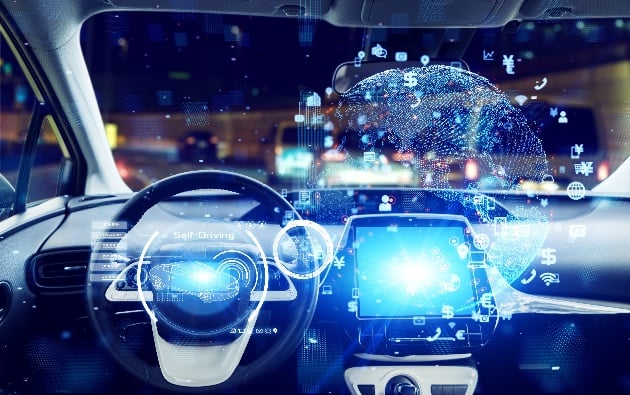Gain practical experience with each layer, and try your hand at real-world activities. Acquire best practices with LHP’s industry experts, who work with the technology on a daily basis to help create a safer, smarter, more connected world.
_______

As vehicular mechanical systems morphed into mechatronic systems in the 1990s, the automotive industry is experiencing another shift to a skyrocketing increase of vehicular electronic systems. Automotive networks are complex; consisting of over 70 ECUs per vehicle with multiple language networks and architectures. Distributed systems, subsystems, and the like are responsible for safety-critical functionality while also controlling the multimedia and infotainment experience.
In-car electronics are expected to communicate using existing vehicle networks such as CAN, LIN, Flexray, etc. Long gone are the days of the knowledge silos where engineering teams needed only to learn one network. Today’s engineers are knowledgeable and proficient in common networks and protocols. The lines of communication must cross multiple networks to achieve the intended functionality guided by the customer’s set of requirements.
By the end of the course, you should be able to construct, analyze, and decode a CAN message.
Embedded engineers who are involved with data linking, validation, test, programming, and those who are currently working with applications using CAN. Participants should have to understand and practice the basic fundamentals of engineering.
Pontiac, MI
Contact for upcoming dates
At LHP Location
Price Per Seat